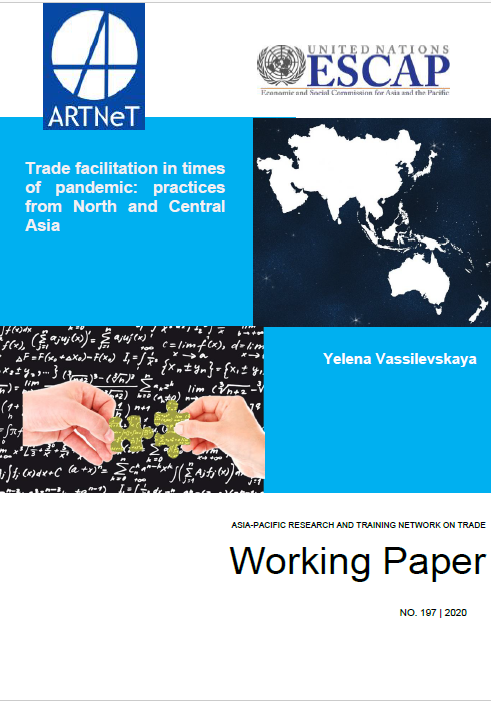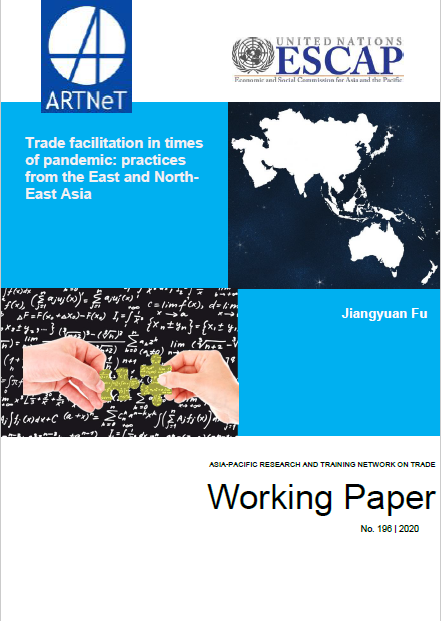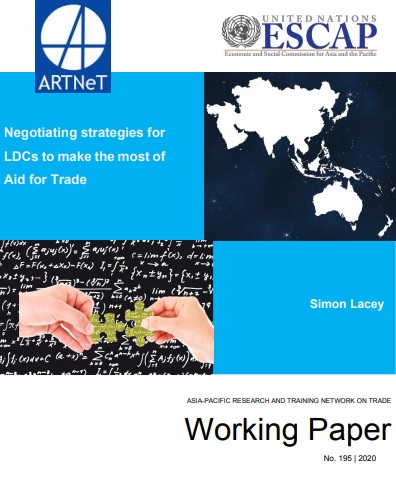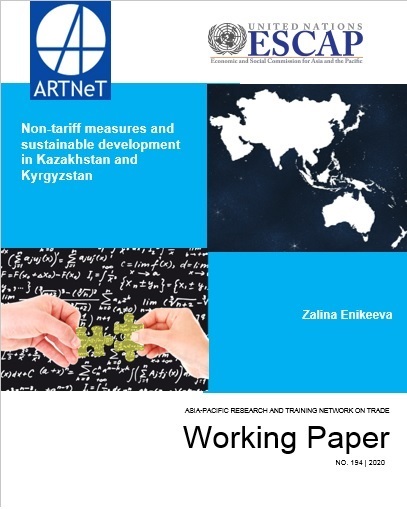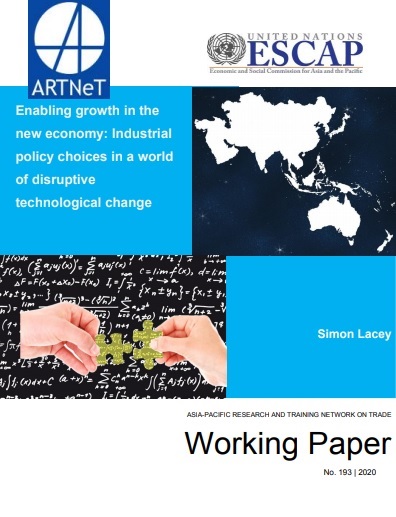Sri Lanka and India have a bilateral free trade agreement that spans twenty years, and although exports from Sri Lanka to its large neighbouring market has grown over time, the market entry performance has been somewhat lacklustre. Yet, the success of some Sri Lankan firms holds useful insights on what has worked and what has not. The present paper, based on surveying firms and in-depth interviews, assesses the India entry strategies of leading Sri Lankan firms that have established themselves and seen success in India. Their experience bears lessons for others seeking to access the large and growing Indian middle-class market, and provides some salutary messages for trade promotion and facilitation entities to boost bilateral trade.

